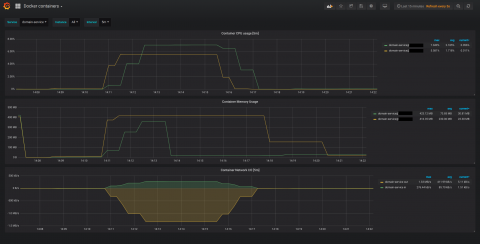Karim Rahal: Security Features of Firefox
Karim Rahal, Detectify Crowdsource hacker, is a 17-year-old web-hacker who has been hacking for the greater part of his teenager years. At age 13, he started to responsibly disclose vulnerabilities—and he even blogged about one he found in Spotify! Karim still makes time for bug bounty programs, despite school. We asked Karim to tell us why Firefox is the best choice from a white hat hacker’s point-of-view.











